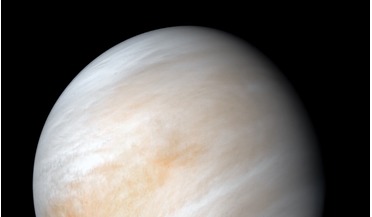 30 June 2021
Life as we know it is not possible in Venus' clouds, new study says
30 June 2021
Life as we know it is not possible in Venus' clouds, new study says
... for microbes to exist. Water activity in Mars’s clouds is 0.537, which is slightly below the habitable range for life and similar to that of the stratosphere in Earth’s atmosphere. Jupiter’s atmosphere on the other hand has a biologically permissive...
 October 2018
Could salty brines be the key to microbial life on Mars?
October 2018
Could salty brines be the key to microbial life on Mars?
... deposits), and that the characteristics of many of these brines mean that they are likely able to support microbial life. In short, extensive portions of the shallow subsurface of Mars may well be habitable. Any discussion of habitability of extra...
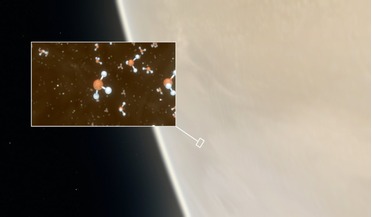 14 September 2020
Possible signs of microbial life found in Venus' atmosphere
14 September 2020
Possible signs of microbial life found in Venus' atmosphere
... discoveries of all time, the authors do urge that the detection of phosphine is not robust evidence for microbial life “and only indicates potentially unknown geological or chemical processes occurring on Venus.” Further observations and modelling...
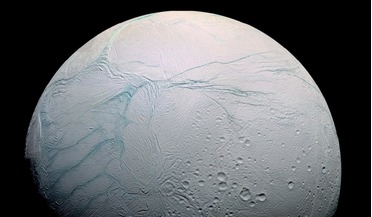 October 2018
Looking for life on Enceladus with IceMole
October 2018
Looking for life on Enceladus with IceMole
... oceans of the icy moons, involves possible hydrothermal vents on the ocean bottom, fuelled by a process called chemosynthesis. If microbial life on Enceladus has taken hold and is created near the vents, it could then migrate and populate other...
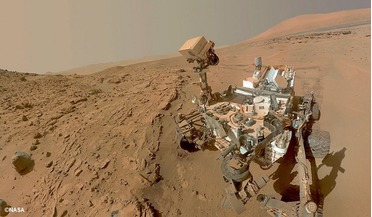 December 2014
The vanity of machines
December 2014
The vanity of machines
Me too – Curiosity Mars rover’s selfie at the ‘Windjana’ drilling site. Curiosity has accomplished its main goal by confirming that Mars once possessed conditions favourable for microbial life
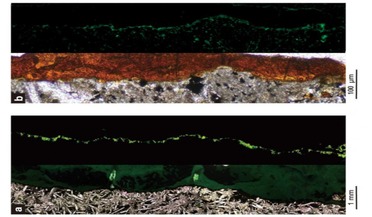 03 April 2020
Newly discovered organisms in ancient solid rock inspire new search for life
03 April 2020
Newly discovered organisms in ancient solid rock inspire new search for life
... indeed a microbe and not a mineral or some other questionable compound. "I thought it was a dream, seeing such rich microbial life in rocks," said Associate Professor Yohey Suzuki from the University of Tokyo, recalling the first time he saw...